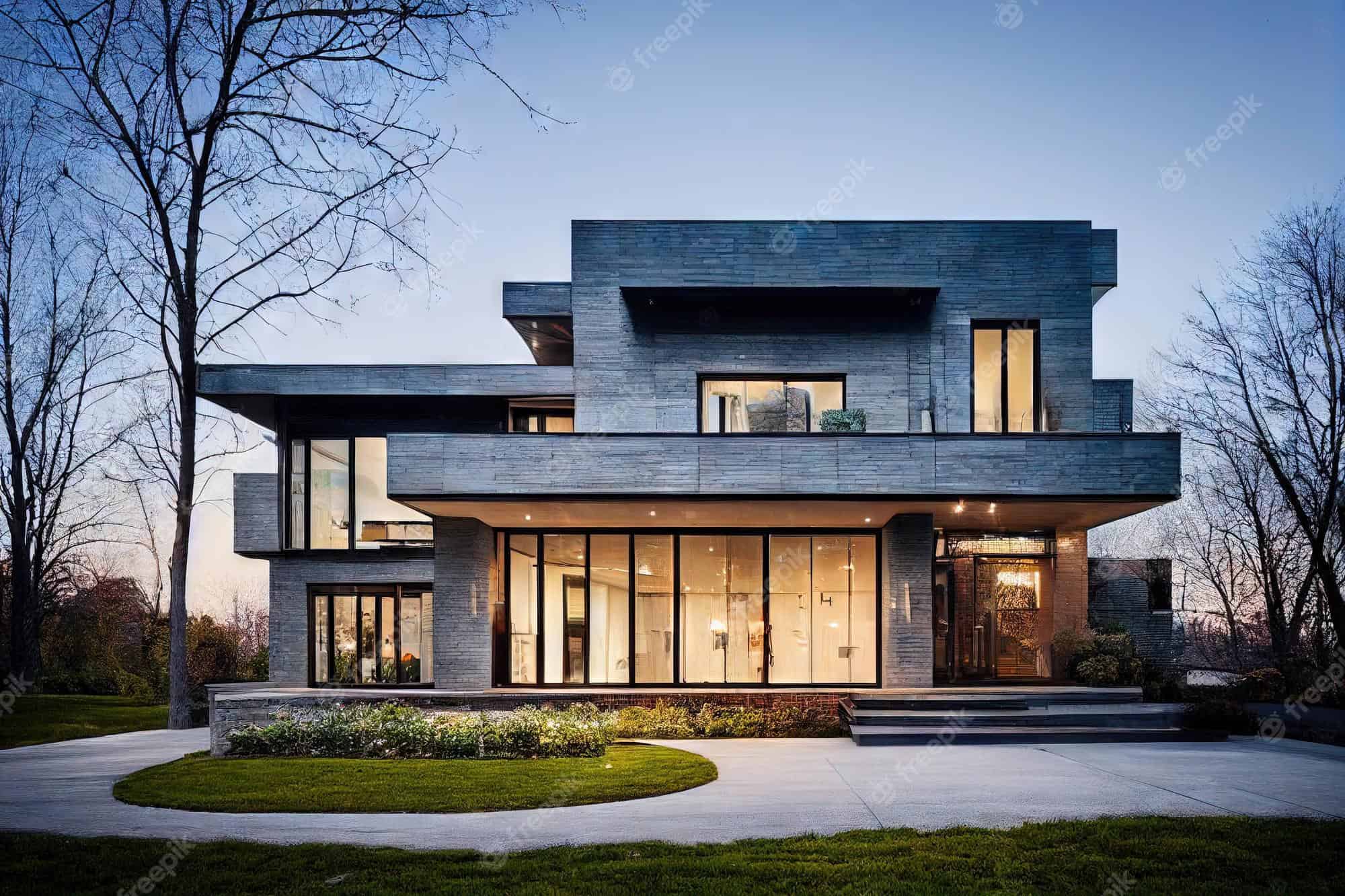Moving from the idea phase to the drawing board is always exciting. You have a clear vision for your next build design tickling your neurons, and you can’t wait to sit down at the drafting table to begin making them a reality.
It’s natural to get swept up during the creative process, and feeling your flow can lead to great things. However, before you build on the level of Frank Lloyd Wright, you must keep certain conditions in mind.

Here are six considerations to make before starting your next build project.
1. Pest Control
Few architects picture the demise of their creations while still at the drawing board. However, it’s a reality you must consider. Termites cause over $5 billion in property damage yearly, chowing down on everything from support beams to siding.
Treating the ground with products such as Sentricon and Termidor during construction destroys existing colonies that can’t wait to sink their teeth into your baby. You can also take the following measures to prevent new pests:
- Keep a tidy worksite: Termites have a nose for wood. Keep supplies stacked and wrapped until use, and take a clean-as-you-go approach to avoid leaving tasty morsels scattered around the site.
- Eliminate water: Like any living creature, bugs need water. Standing water can attract more than termites — like disease-bearing mosquitos.
- Inspect materials: Check incoming shipments for signs of infestation and return nonconforming goods.
2. Building Orientation
A building’s orientation can greatly affect occupants’ comfort when inside. For example, consider a multi-use complex consisting of offices and storefronts. It makes little sense to face the offices south or west, where they’ll bear the brunt of the afternoon sun, baking the cubicle dwellers within. However, placing storefronts on those sides with a cooling awning will attract foot traffic and window shoppers seeking a momentary break from the weather.
Another consideration is allowing homeowners to take advantage of passive solar. While it makes sense to include picture and bay windows on any side of the home facing an impressive panorama, most houses look out upon a typical suburban landscape. In such cases, accounting for passive solar can help you decide what rooms to place where.
3. Materials Sourcing
Even though the recent inflation increase has started to slow, it’s still much more expensive to construct a ground-up new build today than it was just two or three years ago. When making your blueprints, consider the cost of materials and which ones you may source more sustainably — and affordably.
For example, people have created architectural wonders from used shipping containers. You save twice — once on the initial material purchase and again in the speed of construction by reducing the amount of framing necessary.
4. User Experience
You may fall in love with your building plans, but what about the people who have to live or work in your creation daily? There’s much more awareness today of how architecture works with human nature and where it falls woefully short. Keep the user experience in mind as you consider the details.
For example, little extras like wall outlets with included USB ports make convenient sense in a world where everyone has a phone or other device needing a charge. Consider the overall placement, too. For example, a row of outlets at desk height makes more sense in office environments to prevent multiple cords from dangling and creating tripping hazards.
Security matters in residential and commercial construction. Adequate exterior lighting, including motion detectors, can help deter criminals. Cameras help authorities catch any miscreants who make it past the border. Avoiding deep door wells where an attacker could hide increases occupant security in buildings that see day and night traffic.
5. Accessibility
Architects should consider two realities when starting a new build project: The population is getting older, and 1 in 4 Americans have a disability that interferes with one or more major life activities. Therefore, you should plan for accessibility.
It can be unnecessarily cumbersome to install features like grab bars after the fact. Other features, like wider doorways, are often only possible with significant renovations. Consider these design elements when you sit down at the drafting table.
6. Sustainability
Finally, you should consider the overall sustainability of your design. The world is in a race to prevent the worst of global warming, and consumers report a willingness to pay more for eco-friendliness. Additionally, sustainable measures often lower costs while improving the overall user experience.
For example, consider how you can implement the following sustainable materials and practices in your new build project:
- Bamboo: This stuff grows fast, with some species sprouting an impressive 3 feet daily
- Precast concrete: Precasting reduces overall carbon emissions and can adapt to various climates without cracking.
- Cordwood: This material offers a rustic cottage look. You can also include repurposed glass bottles to make the walls unique.
- Recycled tires: Rubber flooring is much more forgiving on standing workers’ feet than hard tile. It also reduces noise and makes the ideal substrate for gyms, factories and warehouse stores.
Considerations to Make Before Your Next Build Project
Many people stick to the tried and true, but you live for the creative spark that drives you to the drafting table. Keeping the above six considerations in mind as you design your next build project helps ensure a better finished product.














